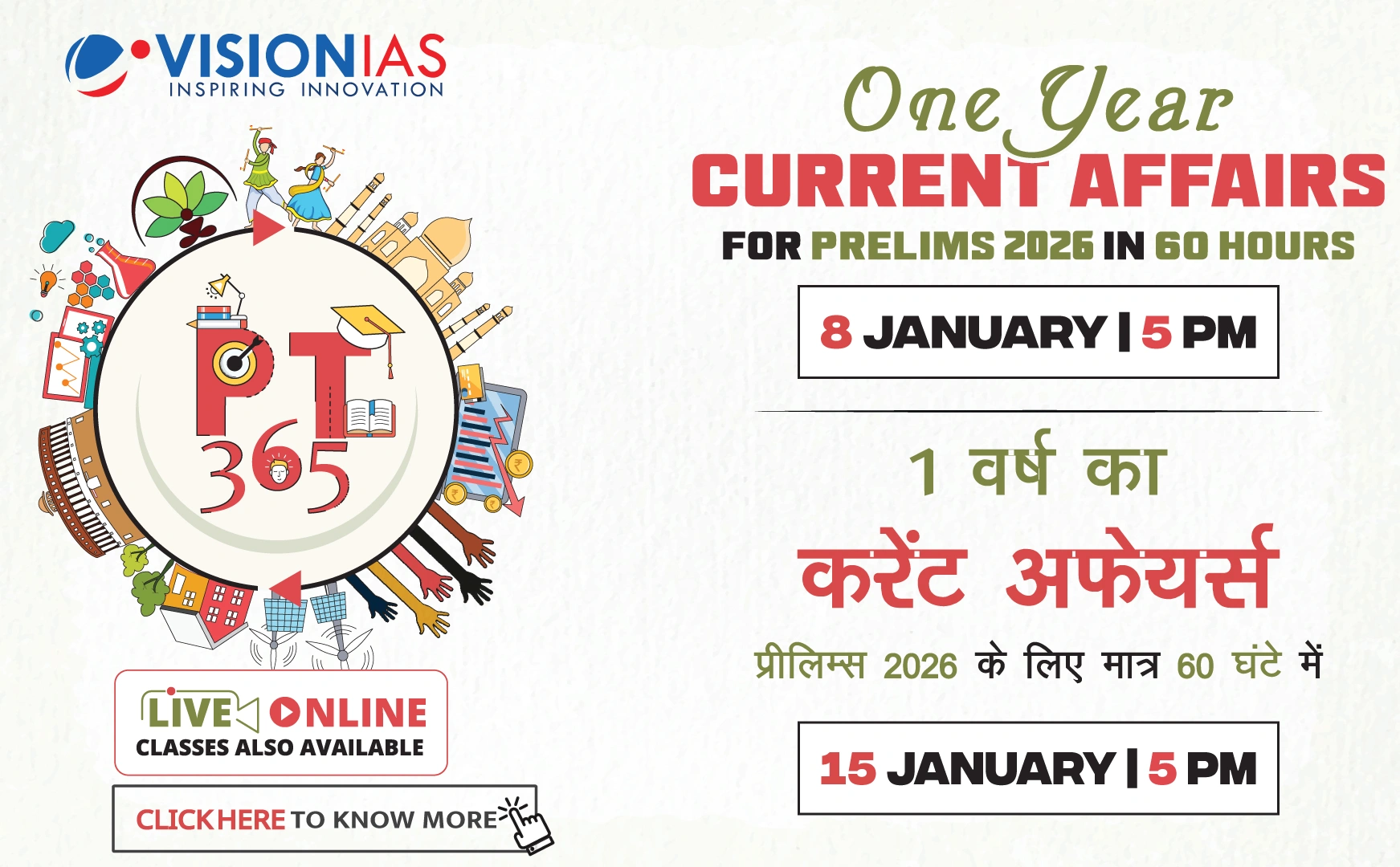The U.S.-India Civil Nuclear Deal
The U.S.-India civil nuclear deal, initiated in 2005 and finalized in 2008, marks a crucial step in defense and strategic cooperation between the two democracies that were once estranged during the Cold War.
Background and Approval
- The deal faced significant opposition over concerns of nuclear proliferation.
- The Coalition for Partnership with India, a mix of businesses, Indian-Americans, and academics, played a key role in advocating for the deal.
- The U.S.-India Business Council was instrumental in liaison and strategic planning to secure the deal's passage.
Strategic Impact
- The deal fostered deeper U.S.-India interaction in defense purchases, military exercises, and technology transfer.
- It established trust essential for cooperation in handling powerful technologies.
Unfulfilled Energy and Commercial Promises
Despite initial high hopes, the energy and commercial aspects of the deal have not materialized as expected.
- Plans for U.S. companies to build nuclear plants in India have faced delays.
- Barriers include India's Civil Liability for Nuclear Damage Act of 2010, which places liability on suppliers instead of operators.
Challenges and Roadblocks
- Approximately 200 Indian entities were on the U.S. "Entity List," complicating business relations.
- The liability law in India diverges from international norms, deterring U.S. suppliers.
- Attempts to mitigate liability through Indian insurance have not been accepted by U.S. companies.
Political and Technological Barriers
- Rapid evolution in civil nuclear technology requires U.S. companies to offer cutting-edge solutions at competitive prices.
- Cost overruns in U.S. nuclear projects pose financial risks for Indian consumers.
Future Prospects and Recommendations
For the U.S.-India civil nuclear deal to reach its full potential, collaborative efforts between government and industry are essential.
- Addressing regulatory, liability, and cost issues is crucial.
- Active engagement with stakeholders is needed to overcome these challenges.
Conclusion
The U.S.-India civil nuclear deal holds tremendous promise, but realizing its benefits requires overcoming significant hurdles related to liability, technology, and cost. Efforts from both nations are necessary to unlock the full potential of this partnership.



